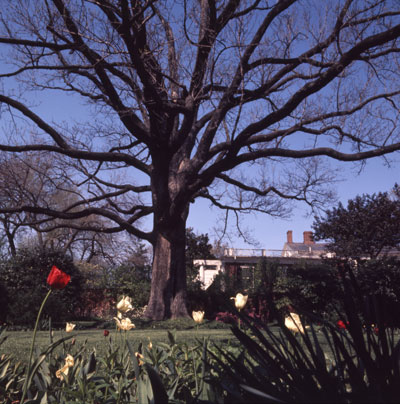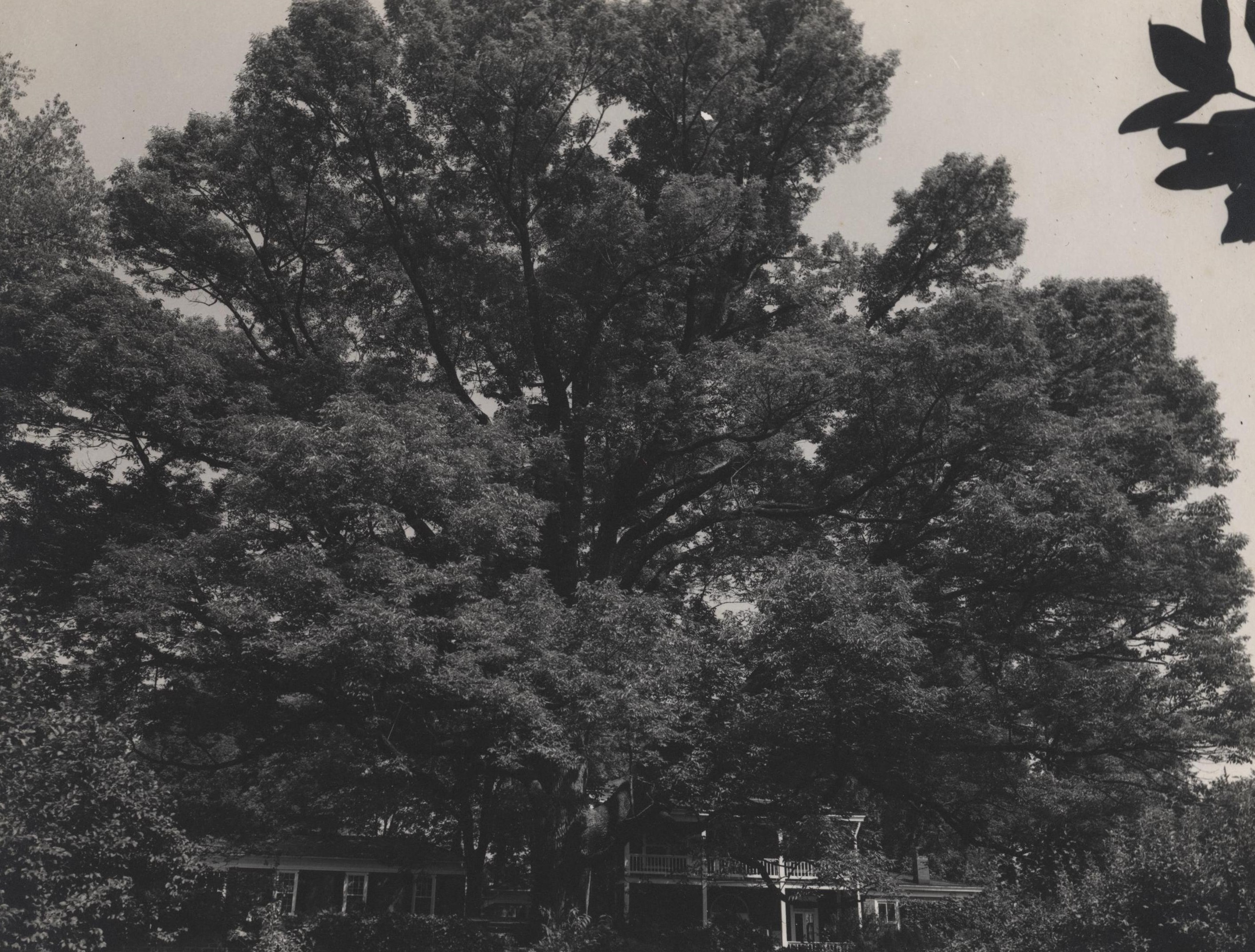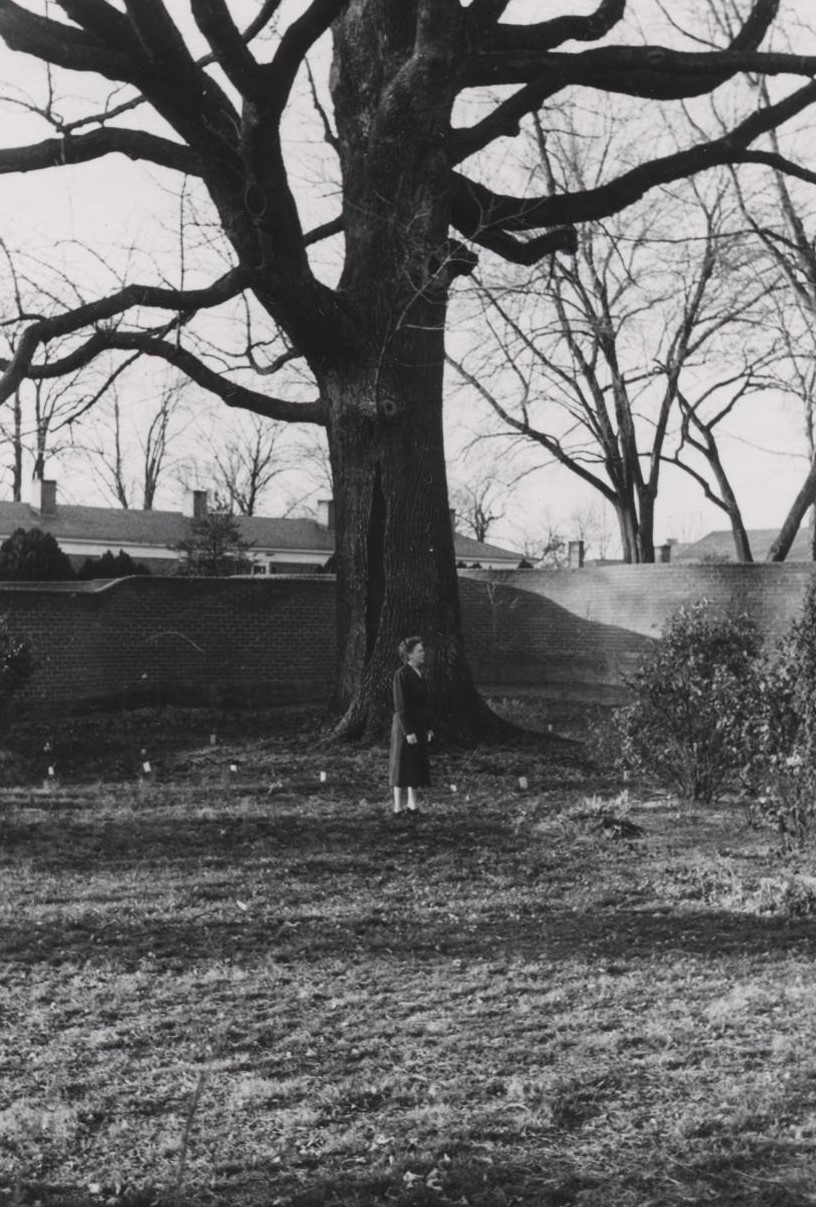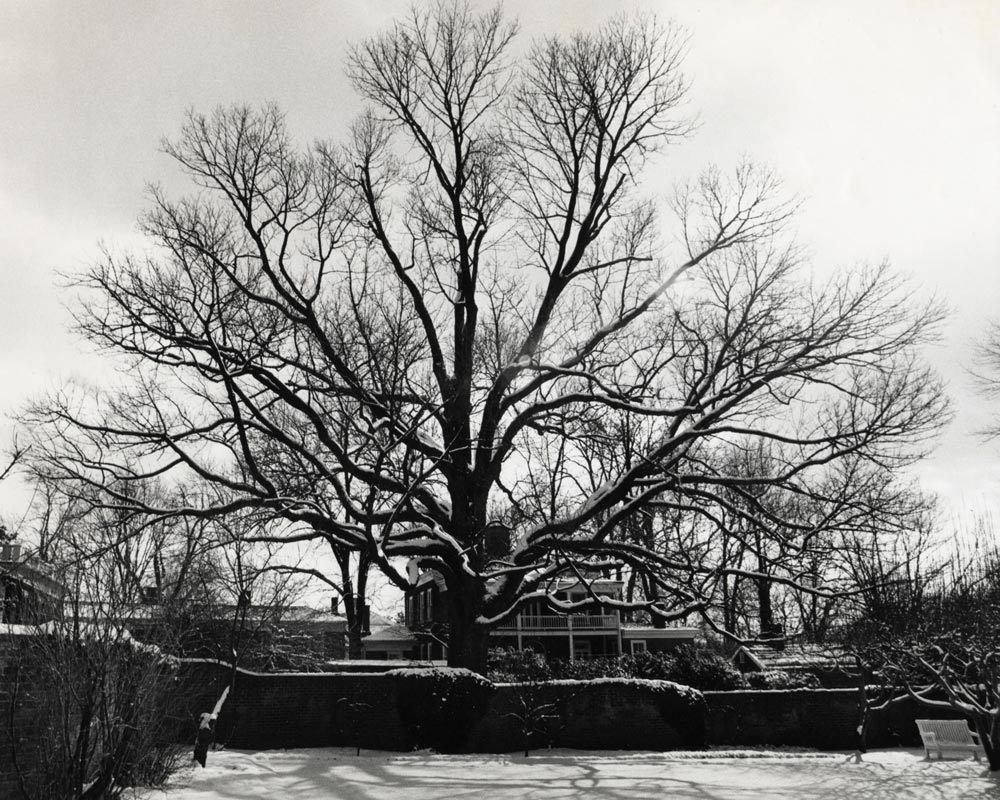Yesterday was the last day of summer. Today, there are spiders all over my basement flat. They are coming indoors for the fall. I try not to kill them, but I can't relax when they are running free. Sometimes I run out of glasses to trap them under. If I do kill them, I try to make it instantaneous - a firm, sudden crush with the back of a heavy book. No room for life and, I hope, no room for pain. I know that this is unfair. Relaxation. Freedom. Life.
At the moment, there appear to be two types of spider. The smaller species are faster, with neat, angular, brown abdomens and solid little legs. The other species have long, spindly limbs looping outwards from fat, drunken bodies that knock against the glass when you take them outside. My partner sent me a photo of a spider that lives under some stairs in Colorado. It's bulbous and grey and furry and wolf-like. She says it's the size of a golf ball, which I don't want to believe.
Researching local trees for a poetry class, I became interested in one that no longer exists. The McGuffey Ash was planted in 1826 and lasted until 1990. It survived a lightning strike and the Civil War and attempts to run sewer piping through its root structure. Eventually, they cut it down before it could fall outside of human control.
Photographs of the old tree make me think of a vast, looming spider, holding court. Majestic. Terror.
The tree still lives, in a sense, though not in its original form. In the 1980s, live cuttings were successfully grafted to rootstock, later to be replanted in the same spot as the original ash.
The original McGuffey Ash stood for almost 175 years.
McGuffey, after whom the tree is named, is best known for his series of educational textbooks. From the 1840s up until at least the mid-twentieth century, the McGuffey Reader Series helped millions of Americans learn to read and, in the process, shaped the thoughts, literary tastes, and belief systems of a young, growing nation.
They say that McGuffey would read to his children and their friends under the broad shade of the ash tree, testing out new passages to be anthologised in his evolving series of 'eclectic' primers. The McGuffey Readers have been criticised for their staunch, Calvinist ethos, their portrayal of Native Americans, their anti-semitism. Early editions failed to mention slavery.
The new tree casts less shade. It is still growing.
We admire trees because they represent a life that stretches further than our own. In simple terms, they outlive us. We look at a 200, or 300, or 400 year old tree and think about all the things it has lived through. We think about the human events it has 'witnessed' - the wars, the shifting borders, the inventions, the technological leaps. We can only dream of living for so long. Old trees remind us of our brief stay here on Earth.
And yet, we are always attaching our names to trees.
We nail the names of dead humans to living trunks, as if they are commemorative statues, monuments fashioned by hand. We know trees represent spans of time inaccessible to our species, so we use them to carry our names into the future. We know they are greater than us, so we ask them to carry us with them. All over the world, we carry on cutting them down.



